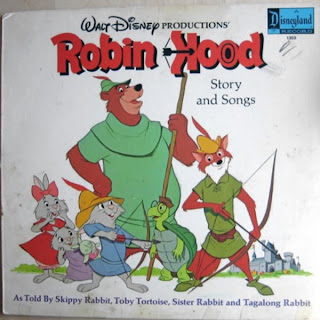Born in Zagreb, Yugoslavia, Emil Blonsky is a KGB agent and spy who becomes the Abomination after deliberately exposing himself to a greater quantity of the same gamma radiation that transformed Bruce Banner into the Hulk. Blonsky is transformed into a massive green-skinned monster with physical strength exceeding that of the Hulk; in his first appearance, he is more than twice as powerful as the Hulk. Although he retains his mental faculties, Blonsky soon discovers his inability to return to human form.
 The Abomination has repeatedly joined forces with General Thunderbolt Ross to fight the Hulk, but always betrays Ross, first teaming with the Rhino in an attempt to take over Hulkbuster base, and later tricking the Hulk into an alliance and attempting to ransom the captured Kennedy Space Center.
The Abomination has repeatedly joined forces with General Thunderbolt Ross to fight the Hulk, but always betrays Ross, first teaming with the Rhino in an attempt to take over Hulkbuster base, and later tricking the Hulk into an alliance and attempting to ransom the captured Kennedy Space Center.
 Hulk AbominationThe Abomination is later briefly lost in space, but is rescued by the U.S. military and revived by MODOK and General Ross. In this third association with Ross, the Abomination is forced to battle the Hulk, but turns against MODOK, who atomizes him. His atomized body reconstitutes itself with the disembodied mind of Tyrannus. This amalgamated being forces Banner to try to cure this condition, but the procedure fails, leaving Tyrannus in the Abomination body and returning Blonsky to human form. Tyrannus briefly operates as the Abomination and attacks Wonder Man, until Ghaur and Llyra restore Tyrannus to normal. Blonsky again becomes the Abomination, but as a mindless beast, and battles She-Hulk and Spider-Man in New York. He later recovers his mental faculties and is hired to steal toxic waste from the Yucca Flats research center, but is caught off guard and doused in toxic waste by the Hulk.
Hulk AbominationThe Abomination is later briefly lost in space, but is rescued by the U.S. military and revived by MODOK and General Ross. In this third association with Ross, the Abomination is forced to battle the Hulk, but turns against MODOK, who atomizes him. His atomized body reconstitutes itself with the disembodied mind of Tyrannus. This amalgamated being forces Banner to try to cure this condition, but the procedure fails, leaving Tyrannus in the Abomination body and returning Blonsky to human form. Tyrannus briefly operates as the Abomination and attacks Wonder Man, until Ghaur and Llyra restore Tyrannus to normal. Blonsky again becomes the Abomination, but as a mindless beast, and battles She-Hulk and Spider-Man in New York. He later recovers his mental faculties and is hired to steal toxic waste from the Yucca Flats research center, but is caught off guard and doused in toxic waste by the Hulk.
Blonsky blames his condition on Banner and returns to attack his archenemy time and again. Although stronger than the Hulk in a calm state, the Abomination has almost always been beaten by the Hulk's sheer ferocity.
Hulk Abomination
Hulk Abomination
Blonsky blames his condition on Banner and returns to attack his archenemy time and again. Although stronger than the Hulk in a calm state, the Abomination has almost always been beaten by the Hulk's sheer ferocity.
Hulk Abomination
 Bugs Bunny Robin Hood
Bugs Bunny Robin Hood